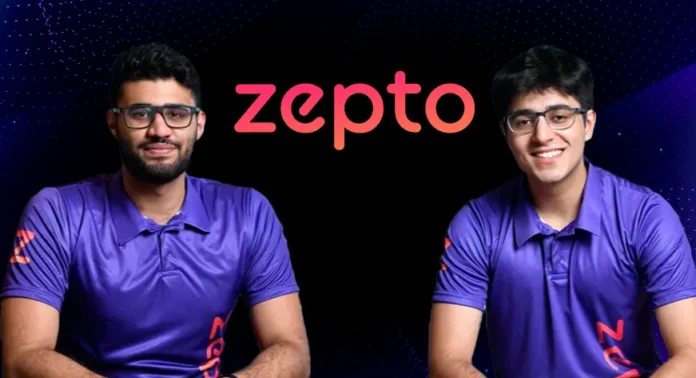10 mins.. That’s it. All it takes is 10 minutes for your Zepto order to reach you as soon as you place the order. In a world where it takes more than 3 minutes to cook so-called “instant” noodles and more than 15 minutes for ChatGPT to generate a Ghibli, Zepto is reaching your doorstep with all your deliverables in mere 600 seconds! The science behind its success is “Data Science”. Zepto has optimised every step of the process using machine learning and data analytics. In this blog, we will explore how Zepto has integrated a data-centric approach across all its facets, including logistics, inventory management, customer segmentation, and diversification.
Understanding Zepto’s Operations
Zepto was founded in 2011, when one of its founders realized the inefficiencies in existing delivery platforms. It was built to provide a logistics framework that is built out of actual algorithms rather than the other way around. Compared to FY 23, in FY, Zepto’s losses saw a decline of almost 2%, its expenses rose by 41%, and its revenue grew by 119% as it added over 500 new “dark stores” (warehouses). Despite the huge investment in inventory, Zepto’s revenue growth is the success story of data science capabilities. Now, let’s understand how Zepto is doing it.
For a quick commerce company like Zepto, its main operational tasks are:
- Designing a Delivery Network
- Demand Forecasting
- Inventory Management
- Optimizing Delivery
- Enhancing User Experience
- Revenue Management
It has to optimise each of these operations for speed and accuracy to fulfill its orders and beat its competitors. Each algorithm that shaves off even a few seconds from delivery time, every model that prevents a single item from getting overstocked, every decision that brings in the right inventory at the right time, and every minor change in the pricing that brings in a few extra rupees matter when it comes to improving the balance sheet. These small operational tweaks can change the future of any company. Now we will understand how data science is playing a crucial role in the core design of each of these operations.
Designing a Delivery Network
A key step to ensure that those “10 min” deliveries reach each customer in time, a company needs a network of warehouses. These “dark stores” or micro fulfillment stores are not open to the public and are just built for online (in-app) purchases.
Now selection of a store location depends on the following factors:
- Hyperlocal Order Volume Heatmaps
- Population density
- Customer demographics
- Road geography
- Real-time and historic traffic patterns
All this data is then processed using algorithms which then find optimal locations, ideally placing a store within a delivery distance of 1.8 km from high-demand zones. Finally, the grid of these warehouses is meticulously planned around a city, where the location of each store is the output of a sophisticated optimization algorithm. Some popular algorithms that are generally used for these tasks:
| Factor | Algorithm/Technique |
|---|---|
| Order Heatmaps | Clustering (K-Means, DBSCAN) |
| Population/Demographics | Weighted Scoring / Multi-criteria Analysis |
| Road Geography/Traffic | Network Analysis (Dijkstra, A*) |
| Coverage Radius | Set Cover, Maximal Covering, Voronoi |
| Overall Optimization | Facility Location ILP, Metaheuristics |
Thus, by investing heavily in network intelligence and geometry engineered using data science, Zepto optimizes the first step of its operations for speed.
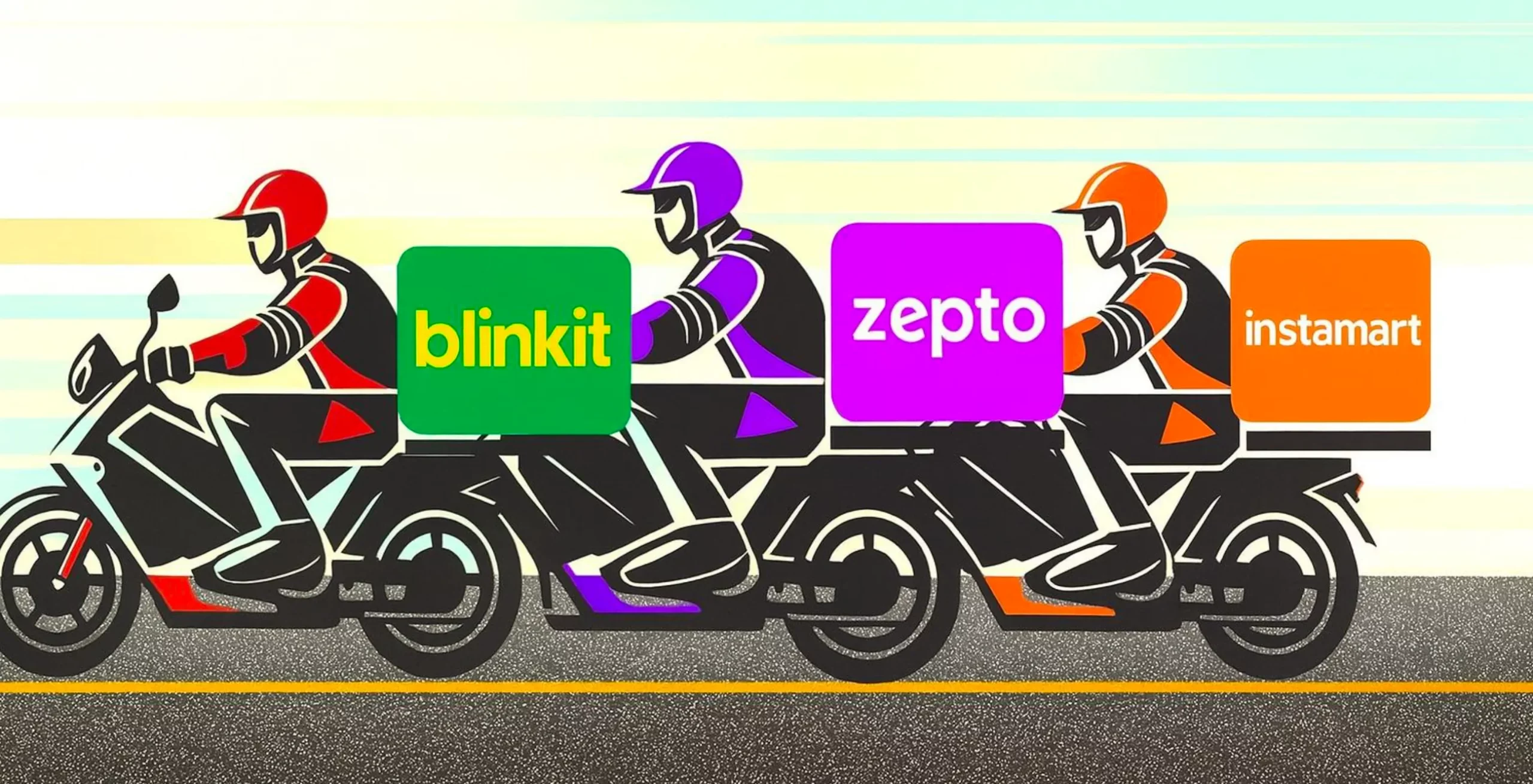
Demand Forecasting
These days, users have more choices in such platforms than fingers on their hands. Each platform is competitive and just looking for an edge over its competitors, and to get that leading edge to hook the customer. Thus, it is critical for Zepto to not only deliver at a breakneck speed but also to:
Equip its delivery stores with everything anyone can want in that delivery zone. Zepto has to work almost like God itself to predict the users’ needs before users can even realise them. Such demand forecasting requires a sophisticated use of various statistical and machine learning models, like:
- ARIMA and Facebook’s Prophet: To identify seasonal shifts and trends from historical data.
- Random Forrest, Gradient Boosting, and LSTM: To identify complex, non-linear patterns over sequential data.
- Power BI Dashboards: To create dashboards used by store managers and supply chain planners to track and monitor region-wise demands.
These algorithms enhance their output using the data fed into them. Along with historical data, they also process real-time inputs such as weather patterns, local events, time of day, day of the week, holidays, and even birthdays.
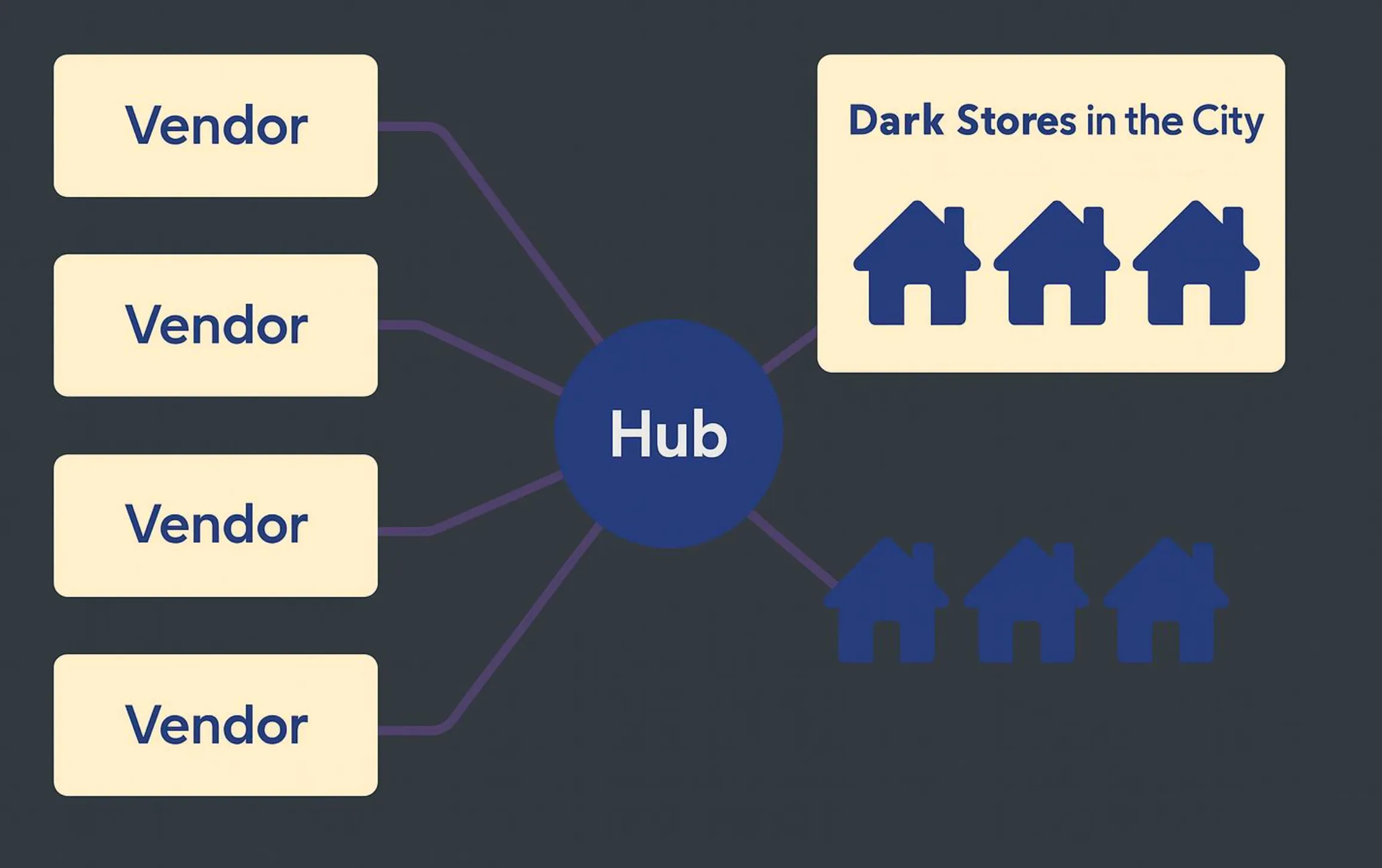
All this allows Zepto to stock up its stores with the “Right things” at the right time.
Inventory Management
Much like our wardrobe, Zepto’s warehouses would be overflowing with inventory if not planned properly. That is why, after the demand forecast is done, the next step is to manage the inventory present in a Zepto warehouse at the given moment. Using demand forecasting, Zepto can figure out what products it needs to store, but not all of those products find space in a given warehouse. How does Zepto decide which and how many of the products it can store in a given warehouse? To solve this problem, Zepto relies on one of the most popular algorithms in computer science and operations research:
0/1 Knapsack Problem: The algorithm is used to maximise the total “value” of the stocked items in a store while ensuring that the total space occupied by a product stock stays within the shelf capacity.
The algorithmic optimization of its store settings sets Zepto’s stores apart from the usual retail outlets, where the item assortment is guided purely by “gut feeling”. It helps to curate a given Zepto store at any point in time, with fast-moving, high-demand, and profitable items, while excluding the slow-moving products.
Optimizing Delivery
Currently, Zepto’s average delivery time stands at around 8 minutes and 47 seconds! To achieve this, Zepto had to master the last and most crucial leg of its operation, which is “Delivery”. There are 4 main steps involved in making a delivery:
- In Store Management
- Rider Assignment
- Route Mapping
- Delivery Time Estimation
To ensure each delivery is a success, Zepto minimizes the time at each of these steps. Here is how:
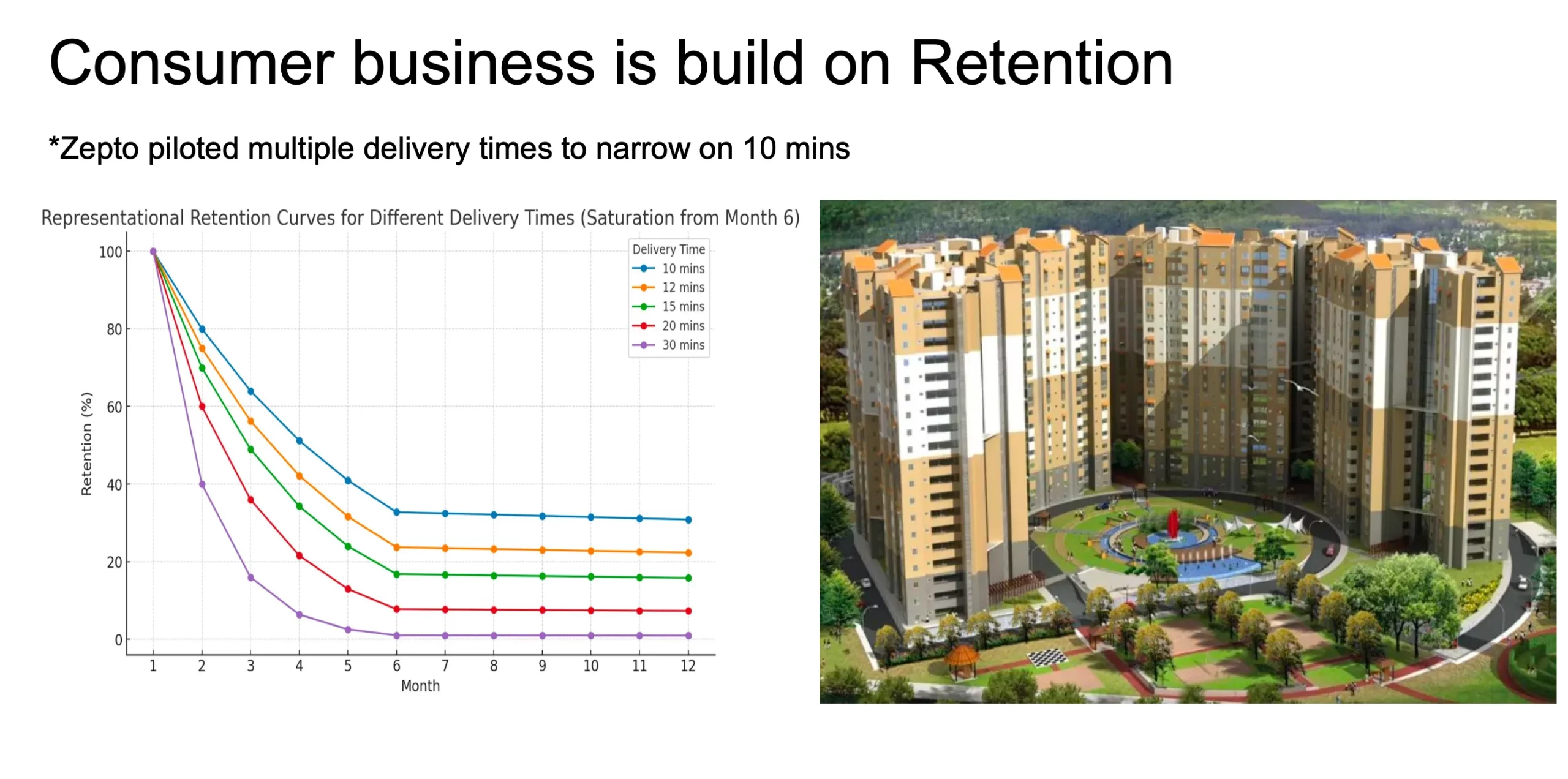
1. In Store Management
Having the right items in the store is essential, but once an order is placed, what counts is how fast that product can reach from the store’s shelf into the user’s hands. The first step towards minimizing the time it takes to fulfil an order, thus, starts within a Zepto store, right after an order is placed. The contents within a store are placed algorithmically to ensure that the entire picking, packaging, and bagging process gets finalised under 1 minute!
2. Rider Matching
The next step to making a quick delivery involves finding the most suitable driver. The choice of driver for a particular delivery depends on several factors, like their proximity to the dark store, their present status (if they are delivering an order or are on the way back to the store), or the capacity of their vehicle. To combat this problem, Zepto uses an algorithm called “ Bipartite Matching Problem” for optimal matching to ensure that the closest and most accessible rider is mapped for a certain delivery.
3. Route Selection
Once a rider is out on the road with the given order, the only possible roadblock is the customer’s location. Zepto’s logistics uses advanced routing algorithms like “Dijkstra’s algorithm” to compute efficient routes. This algorithm is fed with real-time data, including live traffic congestion, road closures, weather conditions, etc. This real-time optimization ensures that the rider is able to make the delivery under 10 minutes.
4. Time Estimation:
Many things are happening at the backend, but the most important, crucial part of a quick commerce’s success is managing customer expectations. This is done by updating them about the estimated time of arrival, or ETA, at all times. This delivery time prediction is not a linear process; it involves analysing various features like:
- Calculated route distance
- Real-time traffic conditions
- Historial data
- Rider performance
To calculate ETA, Zepto uses regression techniques like linear regression, decision trees, and XGBoost. All these techniques are used together to provide an accurate ETA to the customer as soon as an order is placed.
Enhancing User Experience
Zepto aims to evolve from a purely “solution platform” to an engaging “discovery platform” where users end up purchasing more than the things they had in mind, thanks to its personalised recommendations. That is why it uses data science increasingly to understand & shape user behaviour, increase engagement, and maximise the revenue from each transaction. Two key components that are essential for this hyperpersonalisation are: Customer Segmentation and Recommendation. Let’s understand each one of them.
1. Customer Segmentation
Are all customers the same? No. The needs of a working person will be different from those of a student. So it’s essential to segment the entire customer demographic. Now, by understanding and studying the behaviour and patterns of these segments, Zepto can tailor the in-app experience and marketing messages it sends to the users.
2. Recommendation
How often do you buy a recommended item? Depends on how good the recommendations are! If you are seeing the option to buy “cough syrup” as you order some “Vicks Candy” – more often than not – you will end up buying it. But this is not enough, Zepto also features a “buy again” option, which uses a user’s purchase history for recommendations. Going ahead, we can also expect to see “Swap and Save” features on Zepto, where Zepto will suggest low-cost swaps for the items in your cart. Here, suggestions would be high-margin items that offer savings to customers and better profits for Zepto.
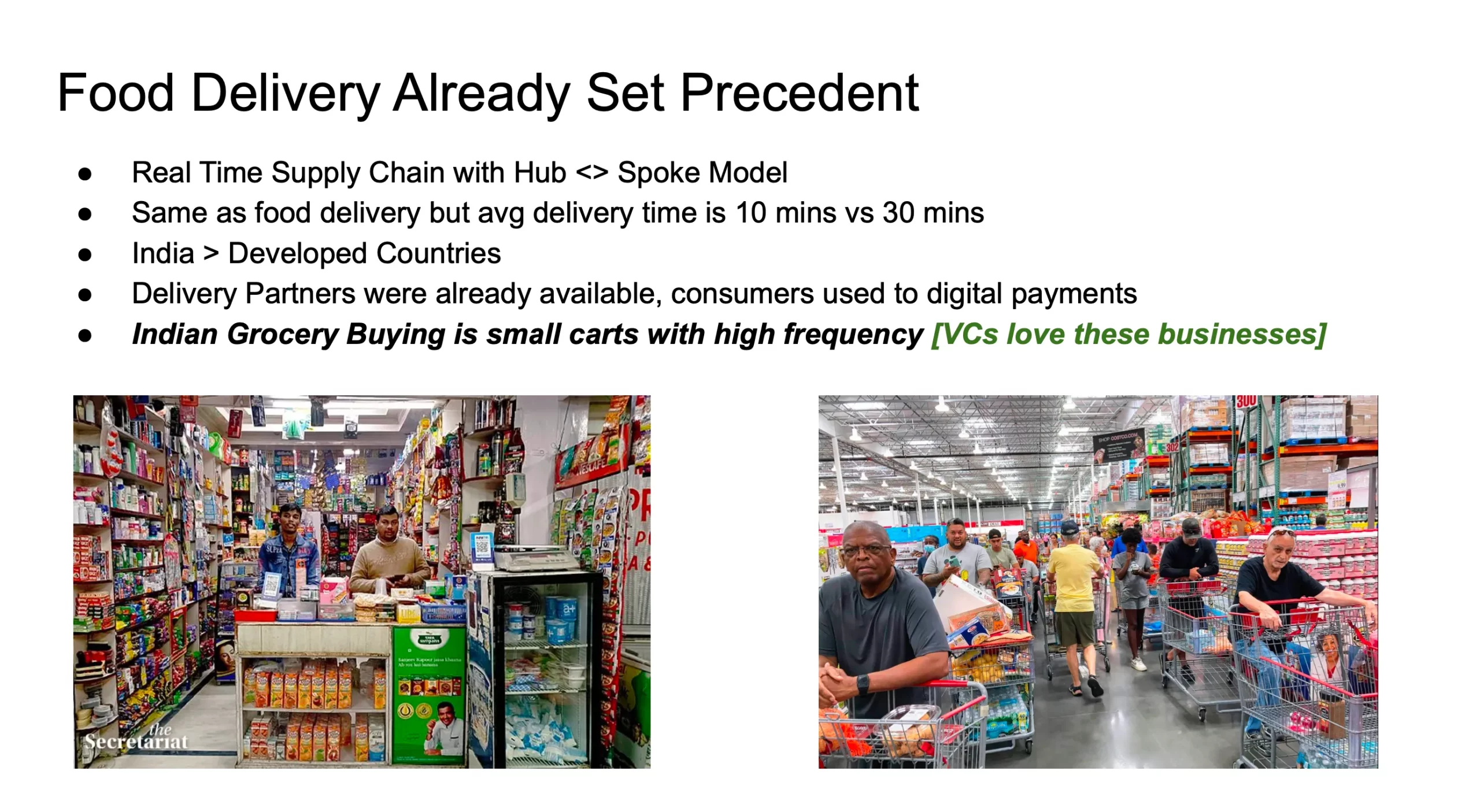
By leveraging AI, Zepto aims to build customer trust, loyalty, and average order value right from the “Discovery” stage of the shopping funnel.
Revenue Management
Suppose you want to order a lunchbox – two apps are offering the same lunchbox, at the same time. But as soon as you head to make the payment for that lunchbox, you see additional charges! This is quite common these days – most of the quick commerce apps levy some platform or delivery fees. Zepto does this too. In a low-margin, high-cost world, cracking a pricing strategy is very important. Pricing of a product can vary based on the following factors:
- Demand: Prices and fees increase at the peak hours when the number of orders is higher than the available delivery personnel.
- Inventory: Low inventory items might get a bumped-up price, whereas high inventory items might see promotions or discounts.
- Competitors: The prices may also vary depending on the prices of the competitor apps like Swiggy, Blinkit, Amazon, etc.
- Location: Regional prices also vary from one location to another. Certain affluent neighbourhoods might see higher convenience or platform fees.
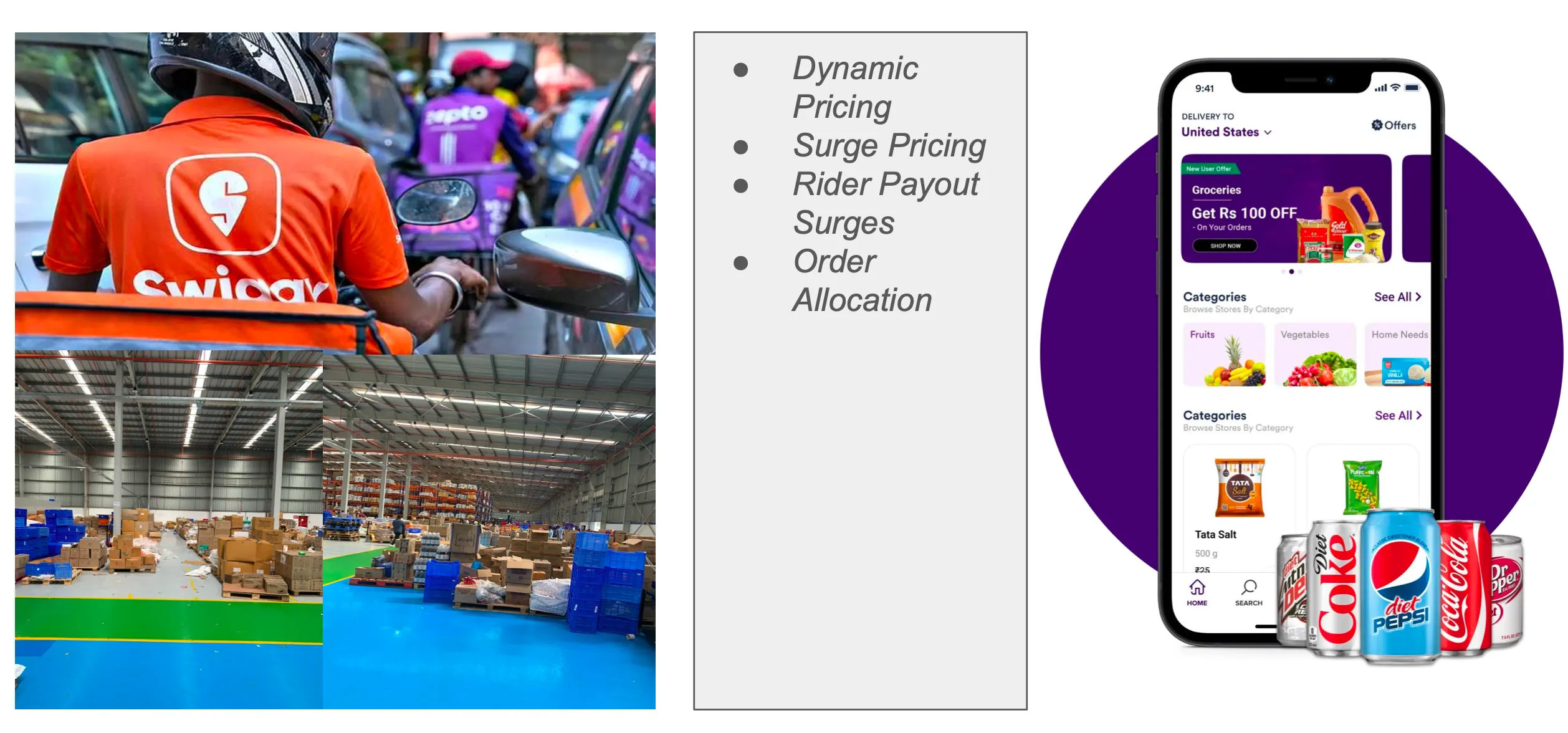
Result
All these factors are monitored around the clock by sophisticated algorithms, which are then fed into a “revenue optimization” algorithm. The revenue optimization algorithm cannot be optimized solely for revenue maximization, as this would lead to unrealistic prices, which would affect customer trust. These algorithms have to somehow maximise revenue and profit while simultaneously minimizing the customer churn.
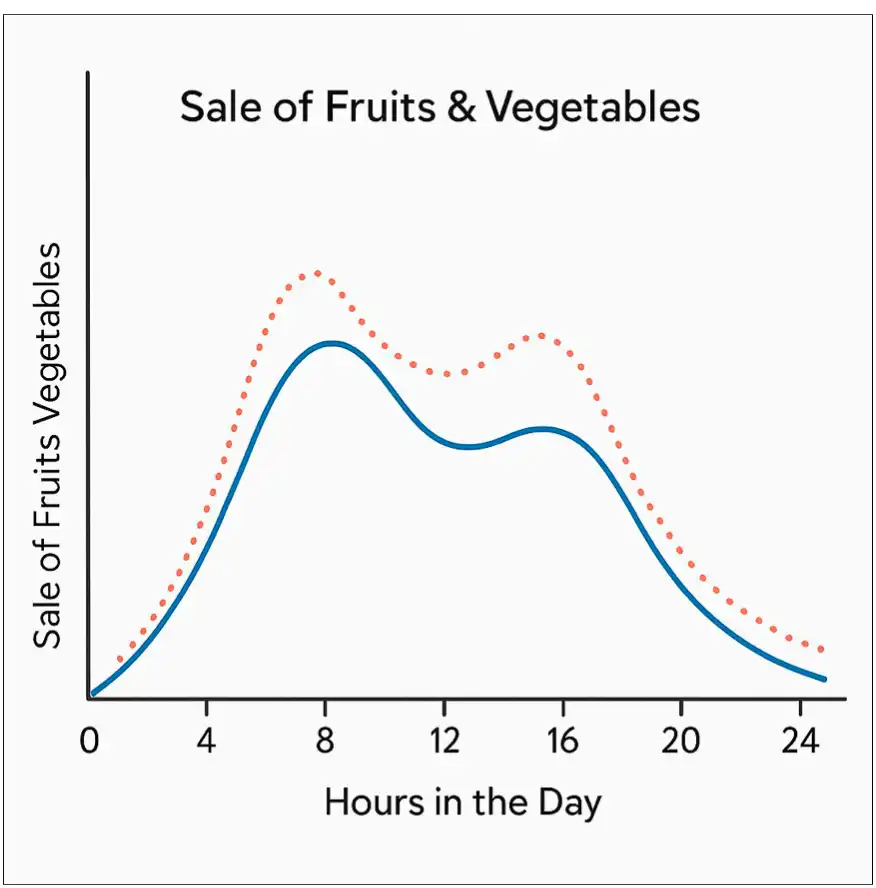
Here is a quick summary of the various processes involved in Zepto’s on-time delivery and various AI or Machine Learning techniques that help in each of them:
| Process / Step | Objective | AI/ML / Optimization Techniques Used |
|---|---|---|
| Designing Delivery Network | Identify optimal locations for dark stores within ~1.8 km of high-demand zones | Order Heatmaps: Clustering (K-Means, DBSCAN) Population/Demographics: Weighted Scoring, Multi-criteria Analysis Road Geography/Traffic: Network Analysis (Dijkstra, A*) Coverage Radius: Set Cover, Maximal Covering, Voronoi Overall Optimization: Facility Location ILP, Metaheuristics |
| Demand Forecasting | Predict customer demand in each delivery zone for correct stock allocation | Provide an accurate arrival time to the customer |
| Inventory Management | Provide an accurate arrival time to customer | 0/1 Knapsack Problem (maximize “value” under space constraints) |
| In-Store Management | Minimize picking, packaging & bagging time (<1 min) | Route-optimized picklists, algorithmic product placement |
| Rider Assignment | Assign the closest and most available rider for each order | Bipartite Matching Problem |
| Route Mapping | Dijkstra’s Algorithm with live traffic, road closures, and weather data | Compute the fastest route considering real-time conditions |
| Delivery Time Estimation (ETA) | ARIMA, Facebook Prophet (seasonality & trends), Random Forest, Gradient Boosting, LSTM (non-linear sequential patterns), Power BI Dashboards (visual demand tracking), Real-time data inputs (weather, events, time/day, holidays, birthdays) | Linear Regression, Decision Trees, XGBoost (using route distance, traffic, historical data, rider performance, etc.) |
Zepto’s Data-Driven Innovations
WIth the way it leverages data to optimise the experience for each user shows that Zepto is more than just a logistics operator. In fact, in the future, Zepto aims to be a data intelligence provider, and to do this, it is already building two unique products: Zepto Atom and Zepto GPT.
Zepto Atom
Built for the company’s partner brands, Atom is a subscription-based analytics platform that offers its customers access to dashboards with real-time and hyper-local consumer insights, like:
- Real-time Sales and Demand Analytics, using which brands can see which of their products are trending in which neighbourhood, with minute details like area code or time of the day.
- Performance Benchmarking to help brands see how they are performing compared to their competitors in the same category on Zepto.
- Search Trends, which allow the brands to see how consumers are searching for products and what search terms lead to actual purchases, and which ones lead to drop-offs.
- Customer Segmentation to help brands get key insights on the customer demographics, cart sizes, repeat purchase rates, and other variables.
Zepto Atom gets the data from the B2C delivery business and provides insights that could then be fed to improve the existing B2C business and also fuel Zepto Atom’s accuracy itself.
Using Atom, Zepto can diversify its revenue streams beyond the low-margin business of quick commerce. Also, it increases the stickiness of the existing brand partners by transforming a simple sales channel into an indispensable operational and strategic partner.
ZeptoGPT
This ChatGPT-like large language model is developed in-house to enhance Zepto’s operations. This LLM is trained on Zepto’s proprietary data and is capable of providing strategic suggestions, answering natural language queries about customer behaviour or sales trends. ZeptoGPT is capable of generating reports on the fly, enhancing its overall operational efficiency.
Together, Atom and ZeptoGPT are Zepto’s own in-house innovations that are fuelling not just its supremacy in the quick commerce market but also helping it expand its revenue sources.
Conclusion
To call Zepto just a grocery delivery platform will be an understatement. Zepto is a data science company that is leveraging its expertise to excel in the high-frequency and logistically challenging domain of quick commerce. Its “10-minute delivery” promise is not a product but rather an outcome of its data-driven ecosystem in which each decision is associated with an algorithm.
From the macro level placement of its various dark stores to the micro level optimization of each driver’s paths: it’s all guided by data science. With Atom, Zepto is not only bringing in additional revenue but also enhancing both its B2B and B2C operations.
While currently the company is spending high volumes of cash to keep its engines running, it needs to continuously innovate and optimize to stay ahead in this fiercely competitive market of quick commerce.
The data-driven vision that Zepto brings across all its operational tasks is proof that if applied and optimised well, it can turn your business into something more than what it is. It can make it into a data warehouse that can help you scale smartly.
Frequently Asked Questions
A. Zepto uses data science to optimize every stage — from store placement and demand forecasting to rider assignment and route optimization — ensuring most deliveries are completed in under 600 seconds.
A. Zepto applies the Bipartite Matching Problem for rider assignment and Dijkstra’s algorithm for real-time route mapping using live traffic and weather data.
A. Zepto uses models like ARIMA, Prophet, Random Forest, and LSTM, combined with real-time data such as weather, holidays, and local events, to predict demand.
Login to continue reading and enjoy expert-curated content.
Source link



